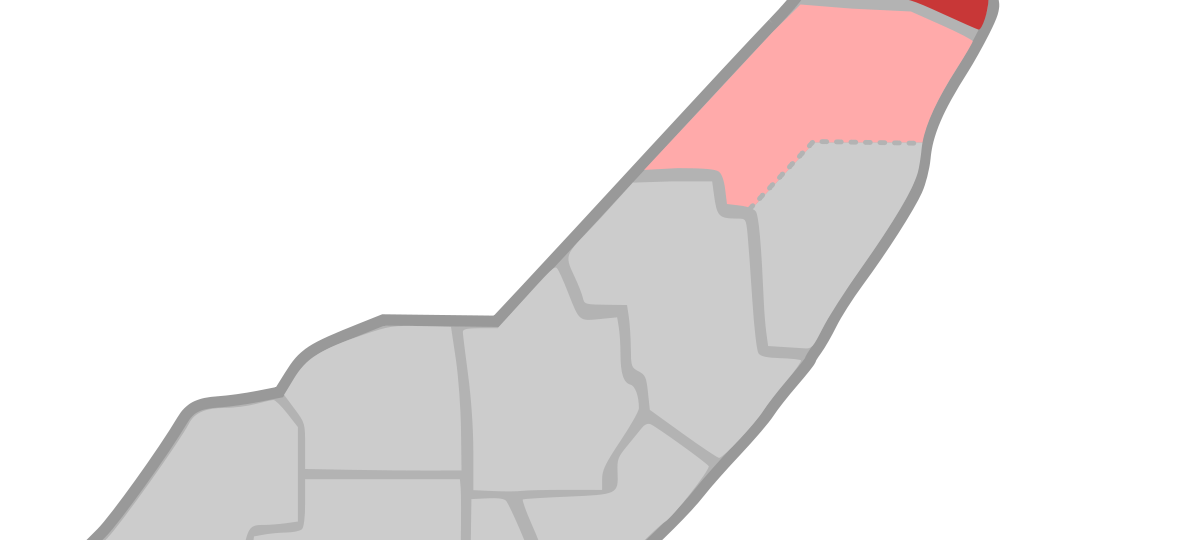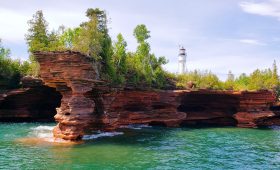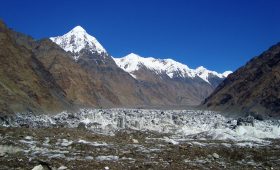Exploring Nugaal Valley, Somalia
Nugaal Valley, spanning across regions in both Somalia and Somaliland, offers a unique glimpse into a pastoral lifestyle largely untouched by modernity. This area is primarily inhabited by nomadic communities who rely on goat and camel herding, with the collection of frankincense and myrrh from wild trees contributing to the local economy. The valley’s geography and culture provide a fascinating experience for those willing to venture off the beaten path.
Geography and Natural Features
The Nugaal Valley extends approximately 250 kilometers along the Wadi Nugaal. It is bordered by high plateaus that rise between 1,650 and 3,300 feet above sea level. These plateaus gradually slope into the Hawd plain, known for its grasslands. The valley’s principal watercourses, the Nugaal and Togdheer rivers, fill briefly during the rainy season from April to June, eventually draining into the Somali Sea.
The valley’s flora includes open grasslands, Acacia trees, and shrubs like Commiphora species. The area is rich in local endemic plants, with gypsum hills near Las Anod supporting unique flora such as Aloe inermis and Euphorbia. A proposed national park near Las Anod aims to protect this diverse ecosystem, including the Somali wild ass.
Cultural Insights
Inhabitants of the Nugaal Valley primarily practice pastoral nomadism, a lifestyle that has shaped the region’s cultural identity. The valley is home to several indigenous tribes, each with distinct traditions. Visitors can engage with local communities to learn about their customs and daily life.
Traditional music and dance are integral to the cultural fabric here. Participating in or observing these performances offers a deeper understanding of the region’s heritage. While the area is not known for a wide variety of culinary experiences, traditional dishes like suqaar and sambuusa reflect the local flavors and are worth trying.
When to Visit
The optimal time to explore Nugaal Valley is during the dry season, from December to February, when the weather is mild and rainfall is minimal. However, travelers should be aware of the political instability in Somalia and consult current travel advisories before planning their trip. Safety should always be a priority.
Travel Logistics
Reaching Nugaal Valley requires some planning. The most straightforward route is to fly into Mogadishu, Somalia’s capital. From there, travelers can hire a private car or take a local bus to the valley. The journey offers a chance to see the Somali countryside, though the exact travel time can vary.
Once in the valley, hiring a local guide is advisable. Guides familiar with the area can help navigate the terrain and ensure a more enriching experience. Keep in mind that infrastructure may be limited, and travel conditions can be challenging.
Considerations
- Nugaal Valley spans regions in both Somalia and Somaliland, with a predominantly nomadic population.
- The valley’s geography includes high plateaus and seasonal rivers, with diverse flora and fauna.
- Cultural experiences include engaging with local tribes and witnessing traditional music and dance.
- The best time to visit is during the dry season, from December to February.
- Travel advisories should be checked due to political instability in the region.
- Access is typically via Mogadishu, with local transportation options available.
- A local guide is recommended for navigating the area and enhancing the travel experience.




